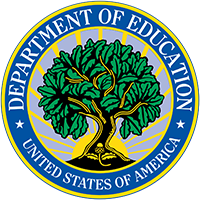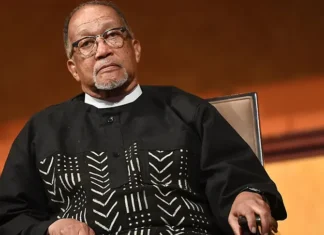Today, the U.S. Department of Education released updates to the College Scorecard that make the tool more useful for students and families weighing college options. The tool also includes new and updated information that may be beneficial to school counselors, college access providers, researchers, and other critical stakeholders. The Department has improved the College Scorecard interactive web tool, in addition to restoring several metrics that help students gauge how their prospective institution compares to other colleges across costs, graduation rates, post-college earnings, and other metrics. The changes reflect the Department’s priority of supporting and encouraging inclusive, affordable postsecondary programs that provide strong career outcomes for students.
U.S. Secretary of Education Miguel Cardona will highlight these new updates to the College Scorecard today, during the 2022 Community College National Legislative Summit, an event that brings together hundreds of community college leaders from across the country.
“For so many students and families, the college search process can be overwhelming. But easily accessible, high-quality information about higher education institutions can help students determine which college or university is the best fit for them,” said U.S. Secretary of Education Miguel Cardona. “The updated and enhanced College Scorecard shines a spotlight on affordability, inclusivity, and outcomes, over exclusivity and colleges that leave students without good jobs and with mountains of debt. This update reflects the Biden-Harris administration’s commitment to ensuring students remain at the heart of the Department’s work.”
Updates to the College Scorecard also include an annual refresh of the cumulative loan debt of student borrowers at both the institution-level and by field of study within each institution, as well as federal student loan repayment rates for the institution.
For the first time since 2018, the Department is publishing—both in the data files and on the consumer site—institution-level earnings data, which provide an overall sense of the career outcomes for alumni of the institution. The Scorecard also includes additional information about graduates who are better off for having gone to the college, by showing the percentage of those earning more than the typical worker with only a high school diploma.
College Scorecard data provide essential details for students and prospective students across all colleges, helping them to make informed decisions about their postsecondary education plans. The data also shine a spotlight on accessible colleges that are serving their students well, including by closing gaps in the completion rates among students of color compared with white students and by ensuring programs lead to positive career outcomes with manageable levels of debt. Examples include:
• University of Baltimore, a Predominantly Black Institution in Maryland, enrolls Black students as nearly half of its enrollment, charges much lower tuition than most four-year institutions, and saw median post-college earnings of more than $58,000.
• Valencia College, a community college in Florida, enrolls three in four of its undergraduate population as students of color and has narrowed its college completion rate gaps; today, 45% of white students and 41% of Hispanic students graduate from the program.
The College Scorecard includes many other examples of institutions that are inclusive, often under-resourced, and are working to improve their students’ outcomes.
The College Scorecard builds on efforts by the Biden-Harris Administration to address barriers to college completion, particularly for students from low-income backgrounds and students of color, and increase accountability for institutions of higher education. Secretary Cardona discussed these efforts as part of his vision for education from early childhood education through higher education and career pathways, which he laid out earlier this year. These efforts include:
• Launching the Institutional and Programmatic Eligibility negotiated rulemaking committee to develop strong rules to ensure career training programs lead to valuable credentials for their graduates;
• Establishing an Office of Enforcement within the office of Federal Student Aid to identify and address major problems across institutions that pose widespread risks to students and taxpayers;
• Providing billions in federal COVID relief funding for institutions that serve high populations of students of color and students from low-income backgrounds;
• Cancelling more than $15 billion in student loan debt for 675,000 borrowers across the country; and
• Proposing expanded access through more funding for Pell Grants for students.
















